News
2 May 2022
Speaker’s Corner at Sydney Festival
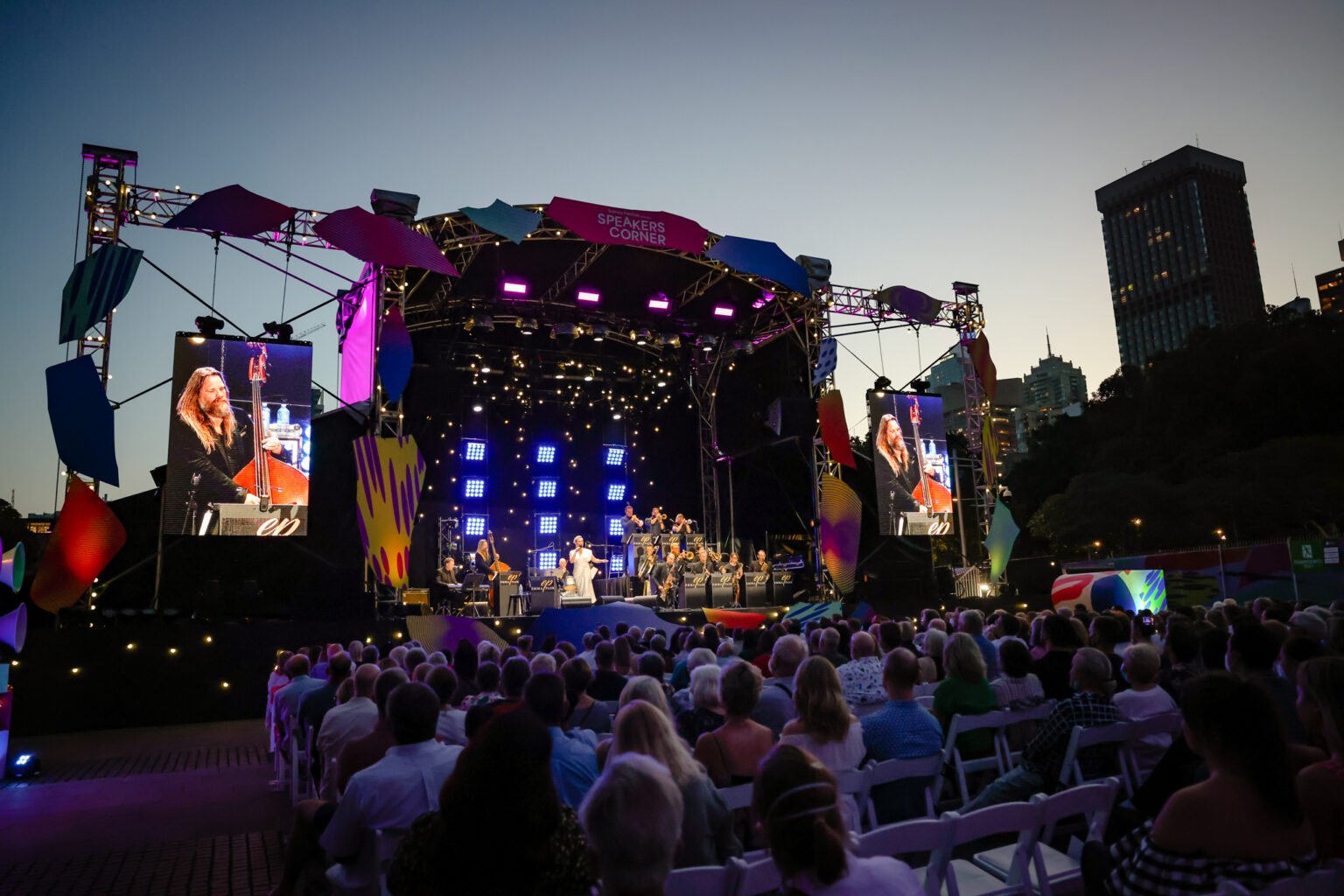
Subscribe to CX E-News
(Lead Pic – Emma Pask. Photo by Jacquie Manning)
Set at the corner of College St and William St on the forecourt of St Mary’s Cathedral in Sydney’s CBD, Speaker’s Corner has provided a platform for ranters, ravers, and revolutionaries for over a century. In that spirit, the COVID and controversy plagued 2022 edition of Sydney Festival set up a live music and performance hub on the site, set to host everything from spoken word, cabaret, punk rock, jazz, EDM, big band, and classical.
Speaker’s Corner was a seated outdoor concert venue for around 500 designed specifically to keep COVID at bay. With the location smack bang in the middle of the city it was accessible, while subject to an extremely strict set of noise restrictions imposed by council. So how do you keep both the rockers and the residents happy?
Felix Abrahams designed a PA solution on behalf of technical provider Coda Audio. “My first reaction was that this is a challenge,” ponders Felix. “We were definitely going to have to bring the sound to the audience, but there were only so many things we could do due to the venue restrictions. There were also the complications of the weight loading issues of the St Mary’s forecourt.”
With a car park and a pool below the forecourt, the weight restrictions were serious. “Once the truss structure was raised, it was at a fixed height,” elaborates Felix. “After it was up, access had to be via scaffold. We weren’t allowed scissor lifts, which was honestly more of a problem for lighting than us, but still posed challenges with cabling.”
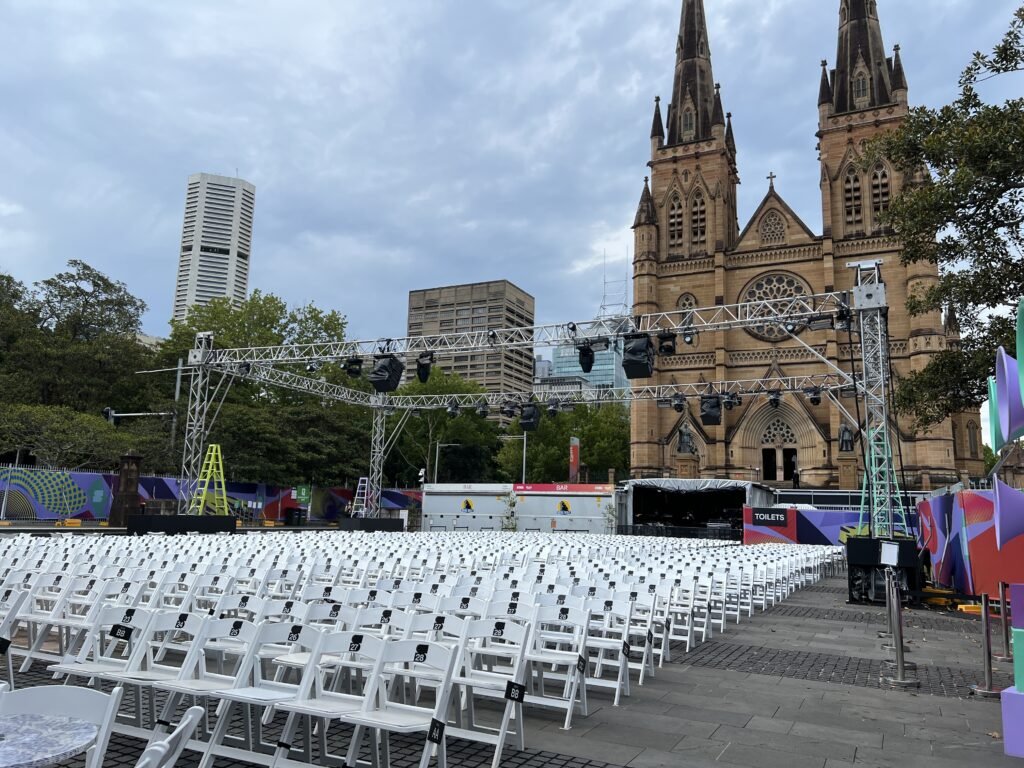
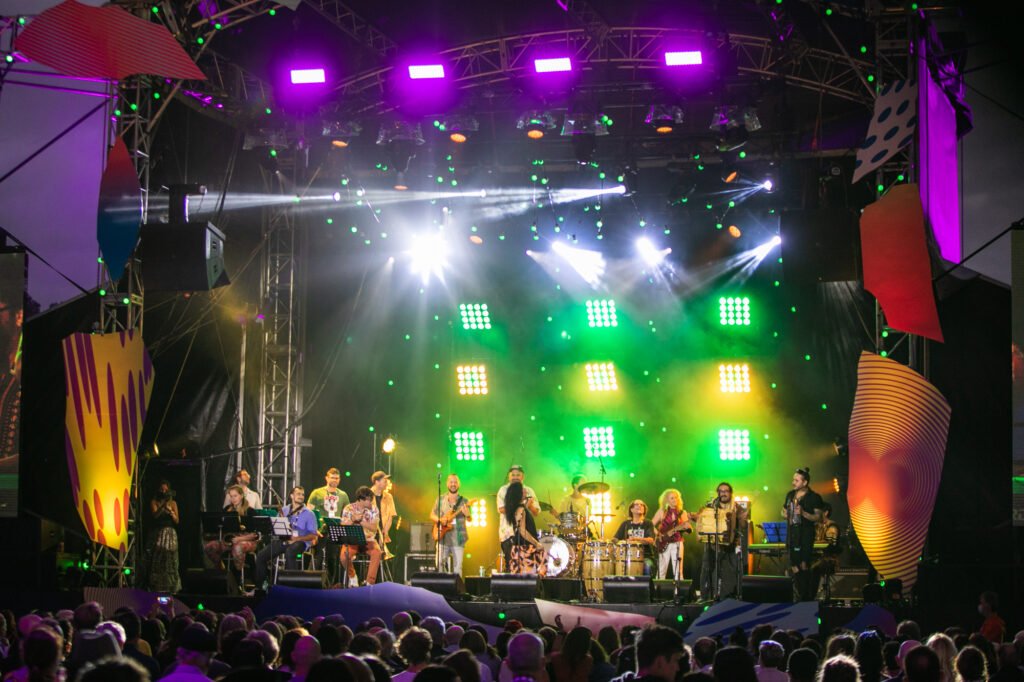
With apartments, a hotel, and other ‘sensitive receivers’ (in the language of noise restrictions) nearby, parameters had to be carefully calibrated. “After we established what the real numbers were in terms of acceptable dB limits, we could move forward with the design,” continues Felix. “We quickly decided on a main hang and two delay lines, which we established by measuring in software what propagation would be like to the nearest sensitive receiver, then finding a balance between on-site sound intensity and transmission to nearest sensitive receiver.”
Felix’s design utilised a main left-right hang of two Meyer Sound JM-1P flown each side of the front of the stage, supported by a front fill of one Meyer Sound JM-1P sitting on one Meyer Sound M3D-SUB per side. The two left-right delay hangs, from the truss a third and two thirds of the way down the audience respectively, consisted of three elements of Meyer Sound Leopard line array elements per hang, for a total of 12. Sitting on the ground at the base of the four vertical truss points that held up the grid, on the same plane as the Leopard delay hangs, were four Meyer Sound M3D-SUB. All subs on site were cardioid. The distance from the main left-right PA to the second delay hang was 34 metres.
“The predictability of the newer Meyer Sound loudspeakers like Leopard is extraordinarily useful when there’s restrictions riding on the line,” observes Felix. “And that absolutely proved to be the case when we got on site. I met with PKA Acoustics who were doing the noise monitoring, and it was all as predicted. I expected more variance in the built environment, but it was as per the design. The extra weight of the powered boxes paid off in accuracy.”
One of the other difficulties in using self-powered loudspeakers outdoors is of course weatherproofing. Coda Audio’s very own director, Michael Wilkie, engineered a custom solution. “It’s amazing what you can achieve with plywood, plastic, and gaffa tape,” chuckles Michael. Despite some very serious rain during the run, everything survived; a few days after the bump-out, Felix used the same components on another job, and all was as it should be.
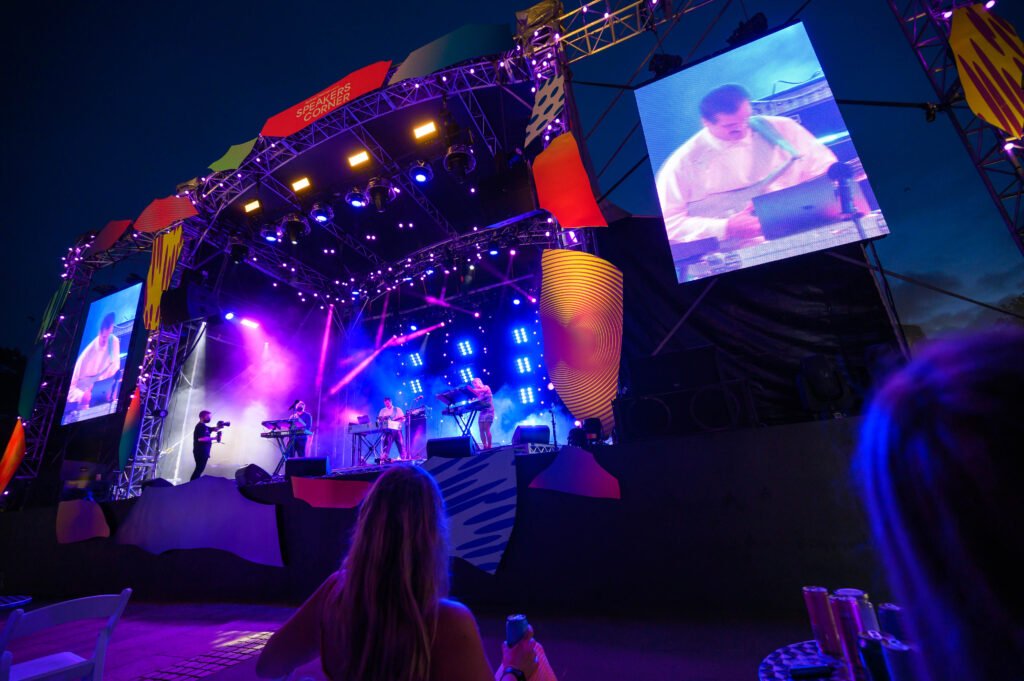
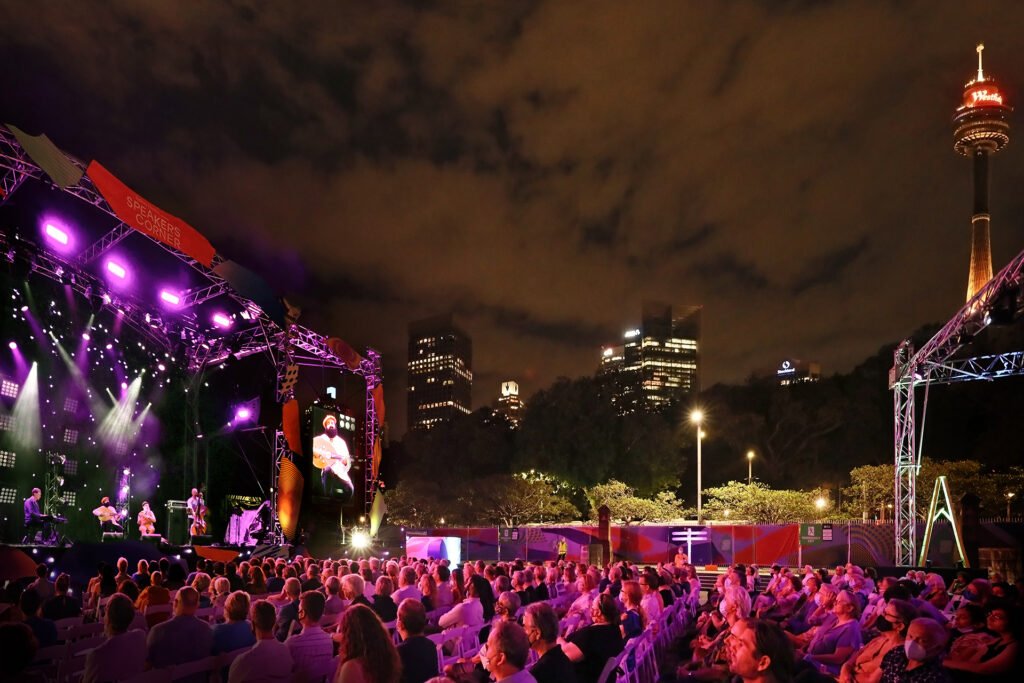
In addition to the PA, Coda Audio also provided the rest of the system; a Yamaha CL5 mixer at FOH, and a venerable Yamaha PM5D-RH on monitors. Stage monitoring was a combination of EV Xw12 wedges and Shure PSM 1000 IEMs. The PA was processed through a Meyer Sound Galileo.
Kicking off with a bang with punk rockers Amyl and The Sniffers on 6 January, the venue ran six nights a week, working its way through every conceivable genre before ending at the opposite side of the musical spectrum with the Sydney Symphony Orchestra Percussion and String Players on 30 January.
“The onsite engineers thought there was excellent translation from front to back,” reports Felix. “Guest engineers including Sydney Symphony’s thought coverage was really good. Despite the restrictions, we were all very pleased with the system.”
Subscribe
Published monthly since 1991, our famous AV industry magazine is free for download or pay for print. Subscribers also receive CX News, our free weekly email with the latest industry news and jobs.




